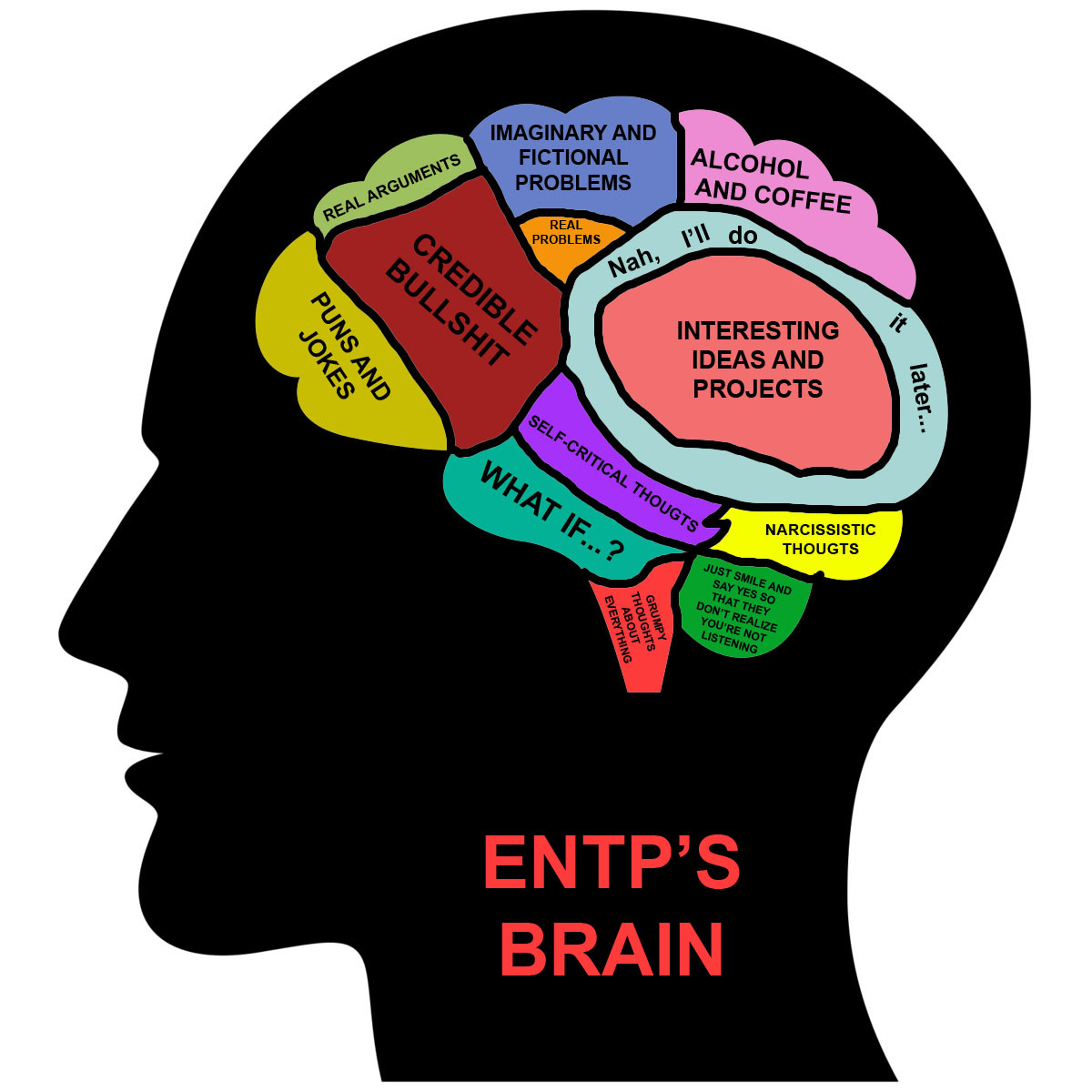14 Nov

Stay Connected – 








The first and most important thing to comprehend about the Myers-Briggs® Type Indicator Assessment Tool is that it is, as its name implies, a tool. It is not a test, nor is it a reflection of intelligence or ability. Rather, it is a great way to understand personal strengths and weaknesses in an objective, personalized way.

How does it work?
The Myers-Briggs® Assessment Tool, broken down to its simplest form, is a personality assessment. Unlike conventional “tests,” this assessment does not determine anything other than preferences. In other words, it is essentially a self-assessment that helps subjects’ pinpoint key personality traits.
The assessment consists of questions that ultimately reveal one prevalent “personality type.” There are 16 personality types that are broken down into four categories: Extraversion or Introversion, Sensing or Intuition, Thinking or Feeling, and Judging or Perceiving. Each type is represented by an acronym. ESTJ, for example, signifies an extroverted, sensing, thinking, judging personality type.
Benefits:
Employers have workers take the Myers-Briggs® Assessment or MBTI® tool to help them better understand their employees, but even more importantly, for employees to better understand themselves. The assessment is not used to “weed out” workers. Instead, it is used purely for its positive benefits in the work place and helps professional environments run smoothly.
It is true that the MBTI® tool is often used in the business world for personal development, coaching, and team building. However, it is not intended to be used for screening, selecting, or categorizing job applicants. In fact, using the instrument for such purposes is generally not practical and is often unethical. It is possible to use the assessment as part of a larger battery of tests used in hiring, but only if certain precautions are taken. There are two main problems with using the MBTI tool for employee selection. For one thing, the MBTI questions are relatively transparent, so candidates can easily skew their type results to favor what they believe is desirable for a specific position. Secondly, the MBTI® assessment measures personal preferences; it does not measure a person’s aptitude, ability, knowledge, or interests. Individuals can be successful and satisfied in any job, regardless of their personality type preferences.
The Myers-Briggs® Assessment Tool can improve:

Workplace Communication:
No matter where you work, affective communication is crucial in maintaining relationships. One of the most common causes of workplace conflict is misunderstandings in communication. The Myers-Briggs® Assessment Tool aids employees’ understandings of their personal communicative preferences as well as those around them. This way, an extroverted person might not approach an introvert during an office meeting, but instead pull them aside one-on-one to discuss a topic.
Job Placement:
People hear job placement and immediately panic, thinking that this means to be with or without a job. However, this is not the case with the Myers-Briggs® Assessment Tool. Employers use this tool to grasp who works best in which department. For example, an ISTJ (Introverted, Sensing, Thinking, and Judging) person would likely work best with decision making and logistics. This personality type flourishes in management and organization, often finding themselves in careers that favor science and reason. On the other hand, an ENFP (Extroverted, Intuition, Feeling and Perceiving) personality type is quite the opposite. They make great politicians, actors and writers because their intuitive nature helps them understand people and mesh with any crowd. These are only two examples of the different personality types, but it is clear that there are definite differences in strengths and preferences that can affect work ethic.
General Self-awareness:
Lastly, the Myers-Briggs® Personality Assessment Tool helps with one of the most fundamental human needs: self-reflection and understanding. Whether you take the MBTI® Assessment Tool for work or purely recreational purposes, it will benefit greatly on your journey to introspection. While the assessment is useful for understanding those around you, it is just as important to get to know yourself thoroughly. Once you’ve become aware of your specific preferences in terms of personality and thinking styles, it is much easier to understand others. The Myers-Briggs® Personality Assessment Tool has been utilized in establishments around the world and has been consistently praised for its accuracy. It is useful for both personal and professional use and can be boiled down to a simple way to understand yourself and those around you. The MBTI is not a tool to measure aptitude, skill or learning nor is it an explanation for everything. It is however, a way to provide information about a person’s preferred way of behaving and can be beneficial for building self-awareness as well as being able to understand others quickly and efficiently. Understanding and accepting fundamental differences in human behaviors is essential for us to see ourselves in an objective yet compassionate way and then extend that same insight to others in order for us to live and work together successfully. The assessment can also be used to address relationship issues and personality traits of your partner. Once the assessment is completed, it will allow you to gain a better insight to why you are attracted to the types of people that you are. Also, your results will show if the personality type that you are attracted to is a good match for your unique personality.








